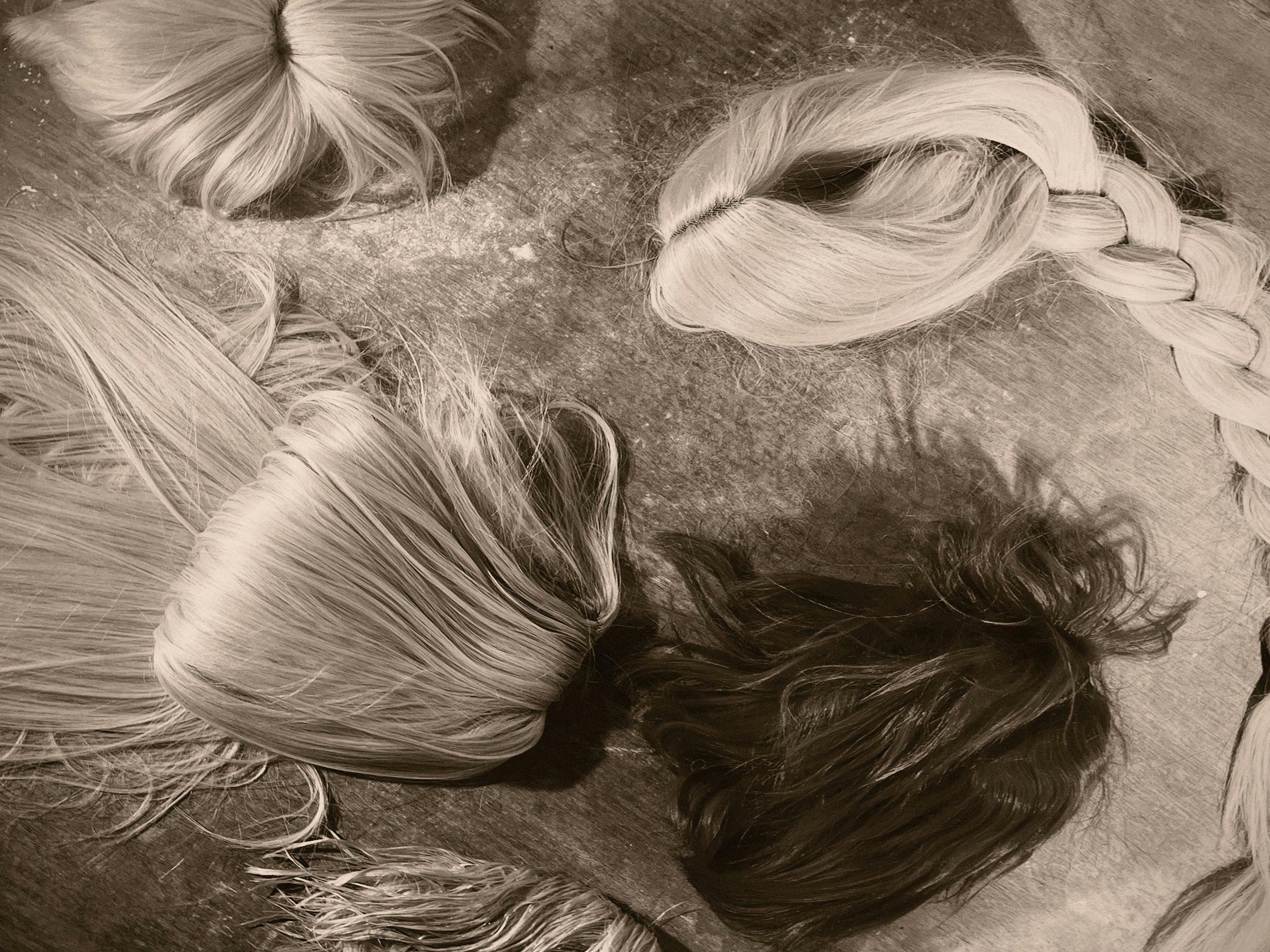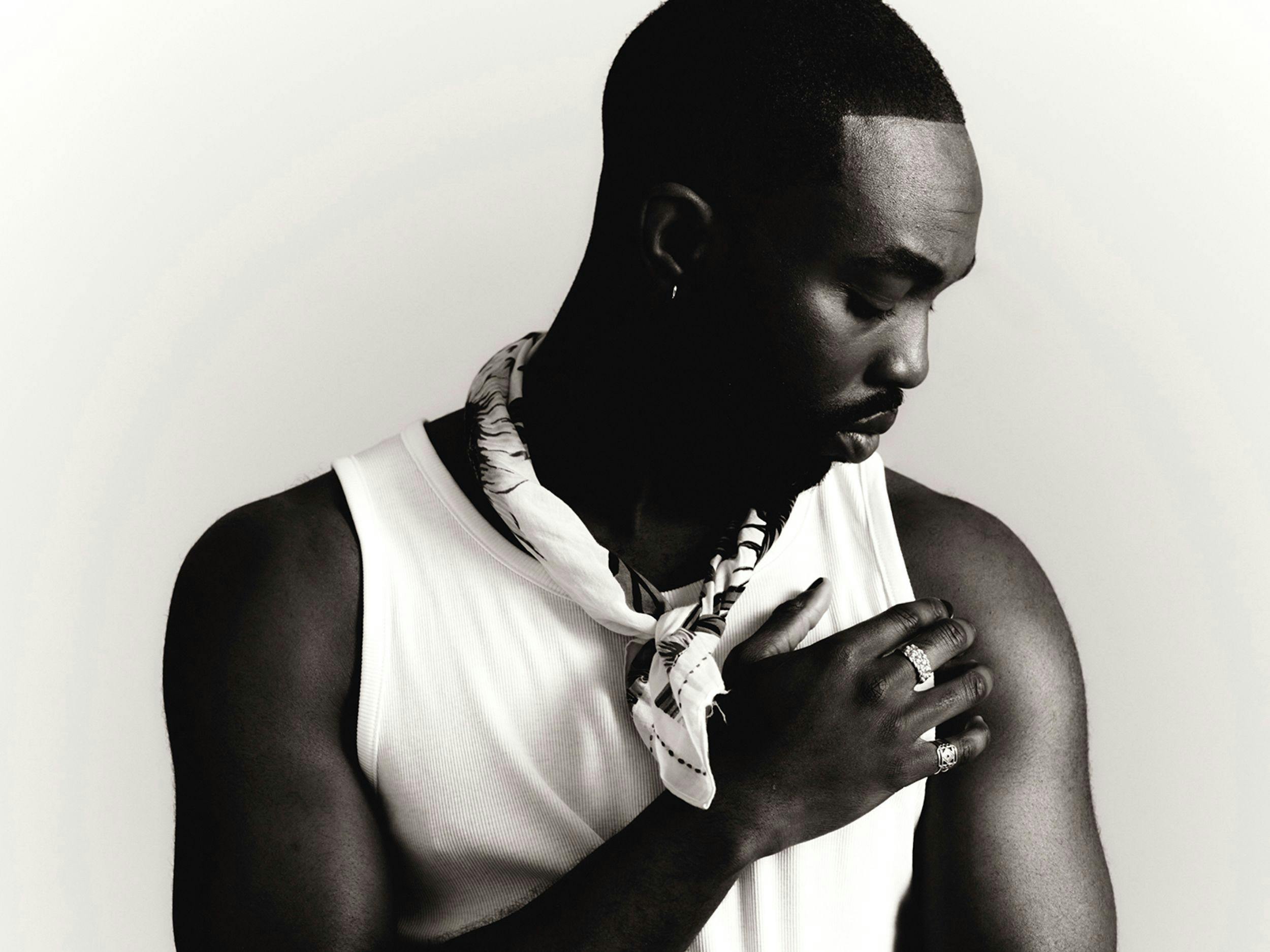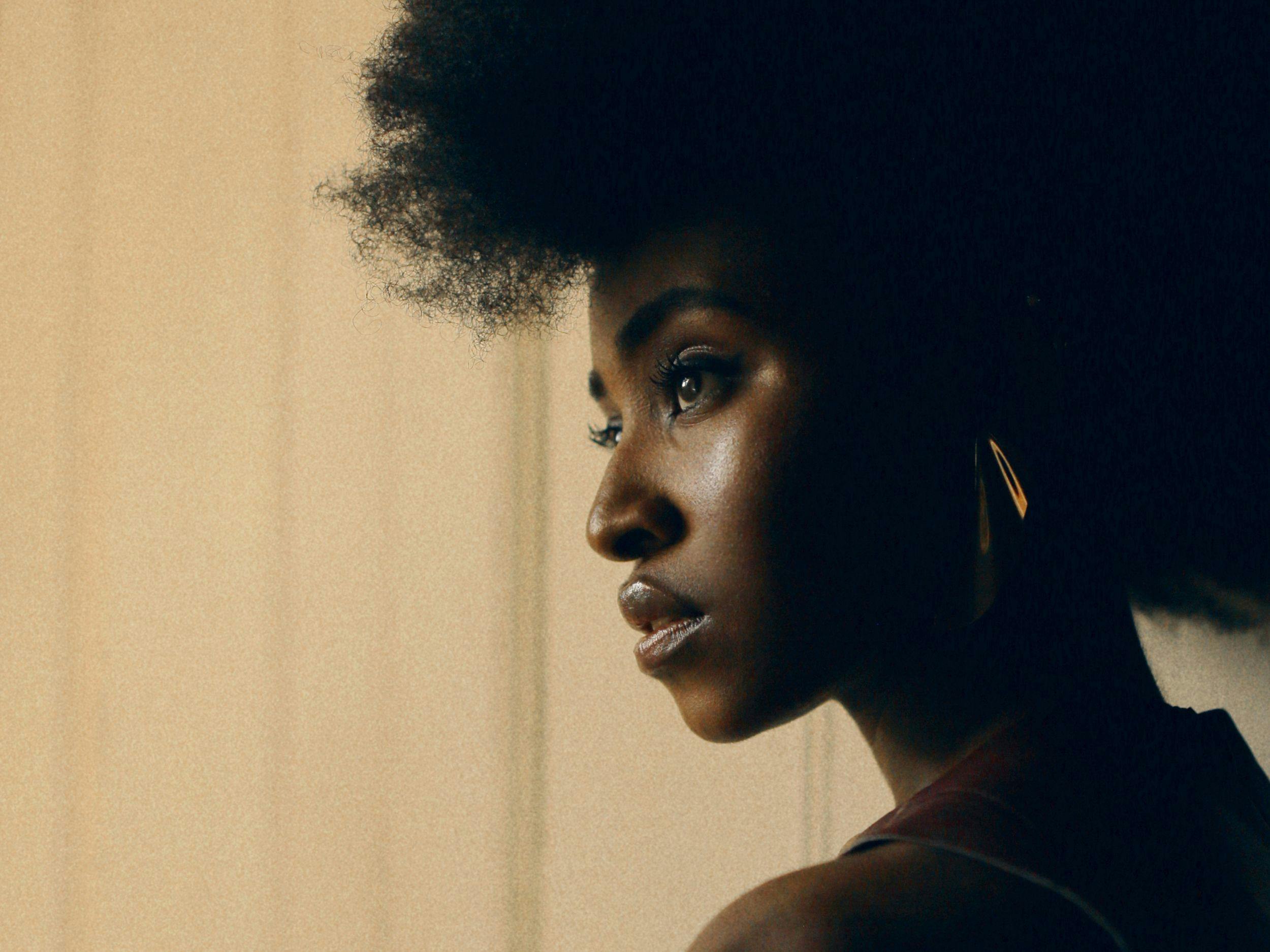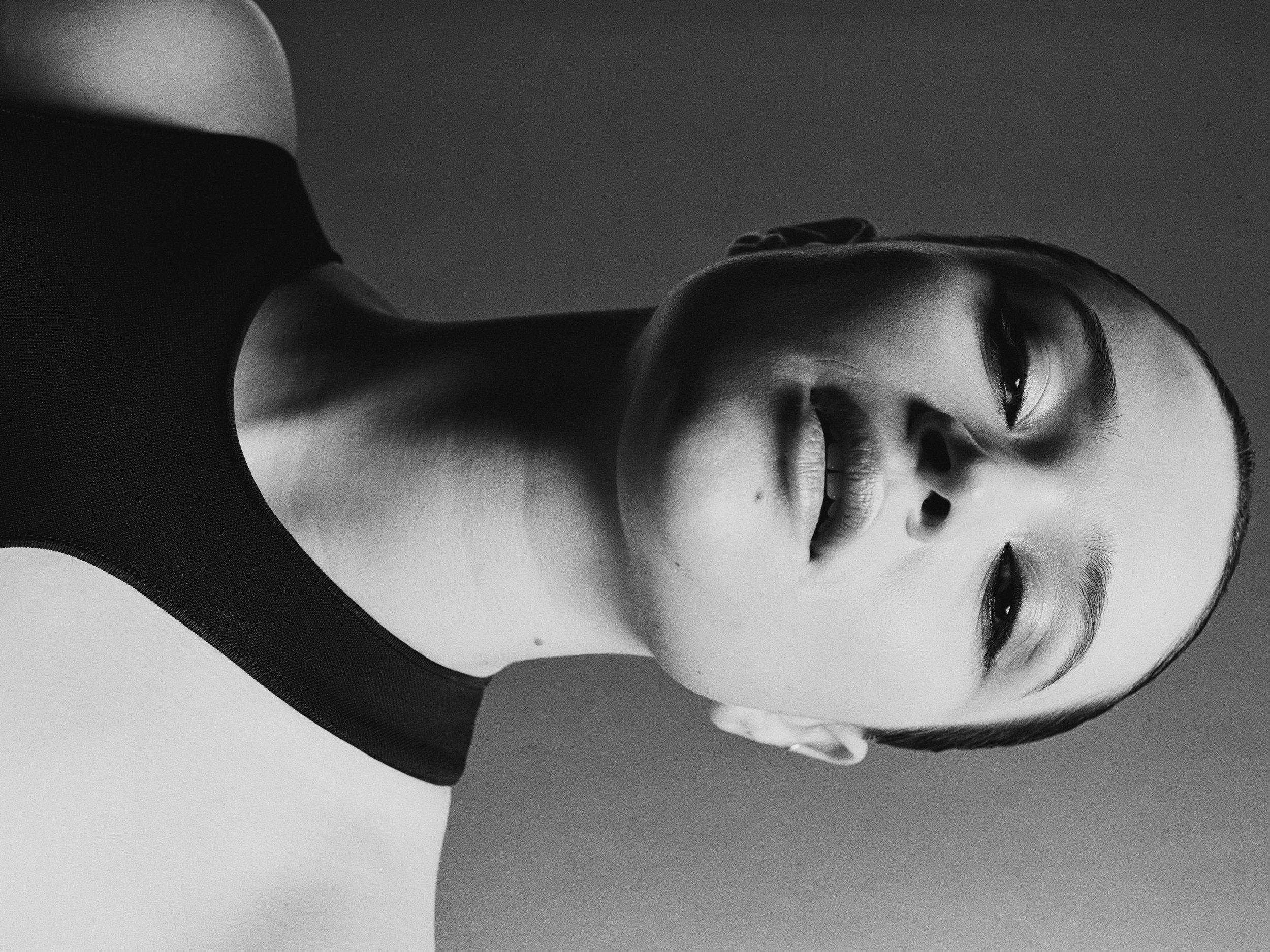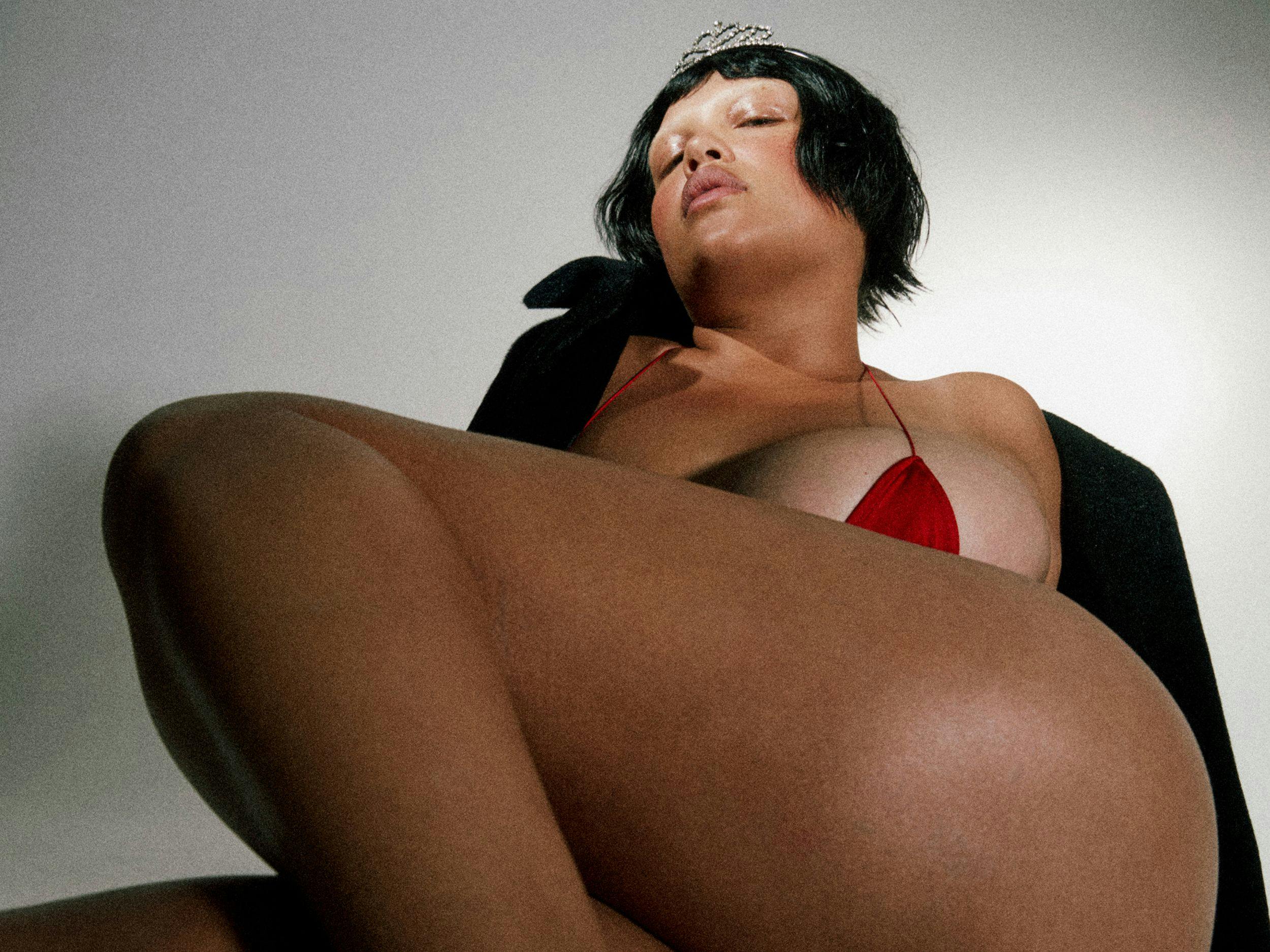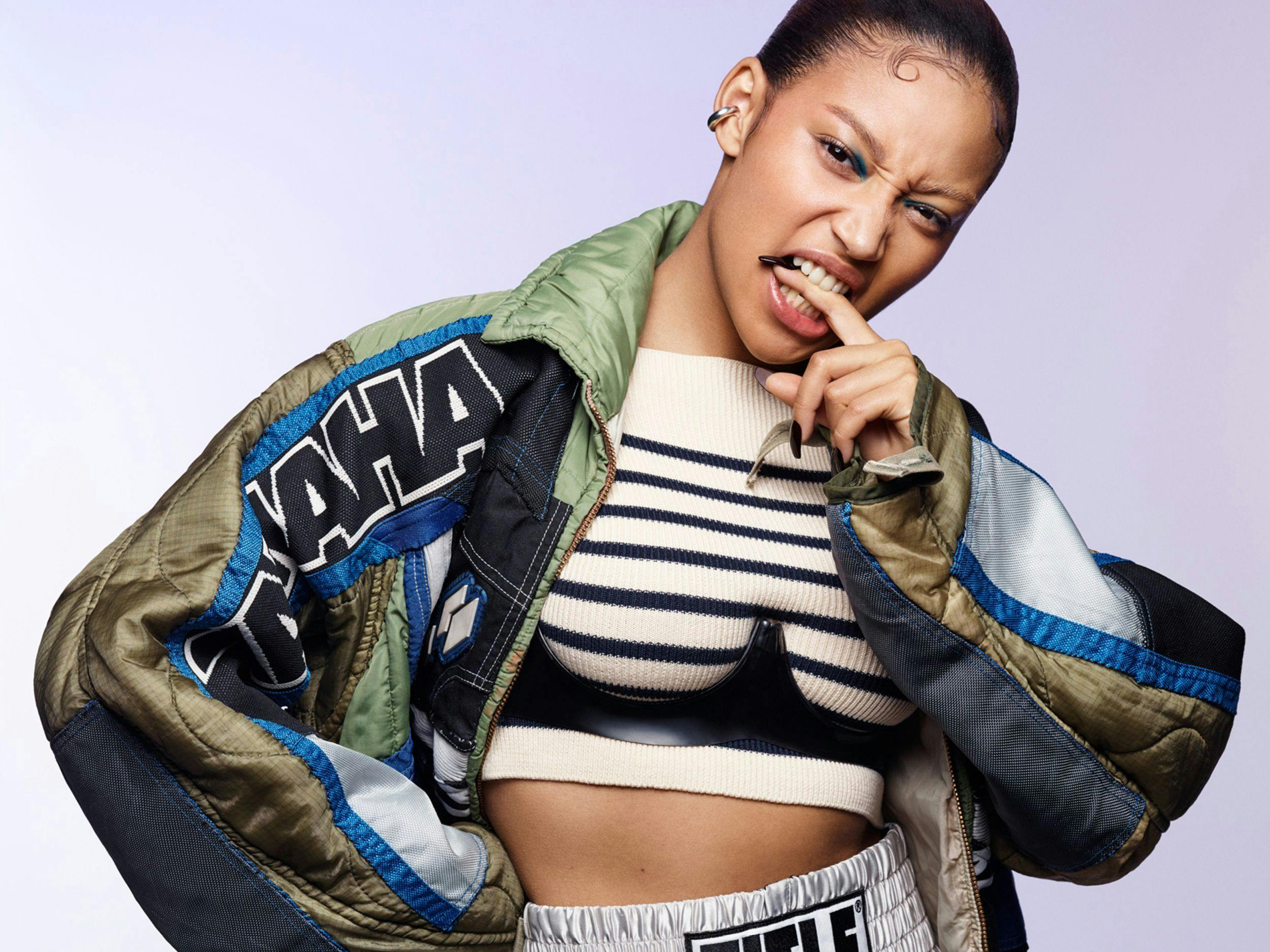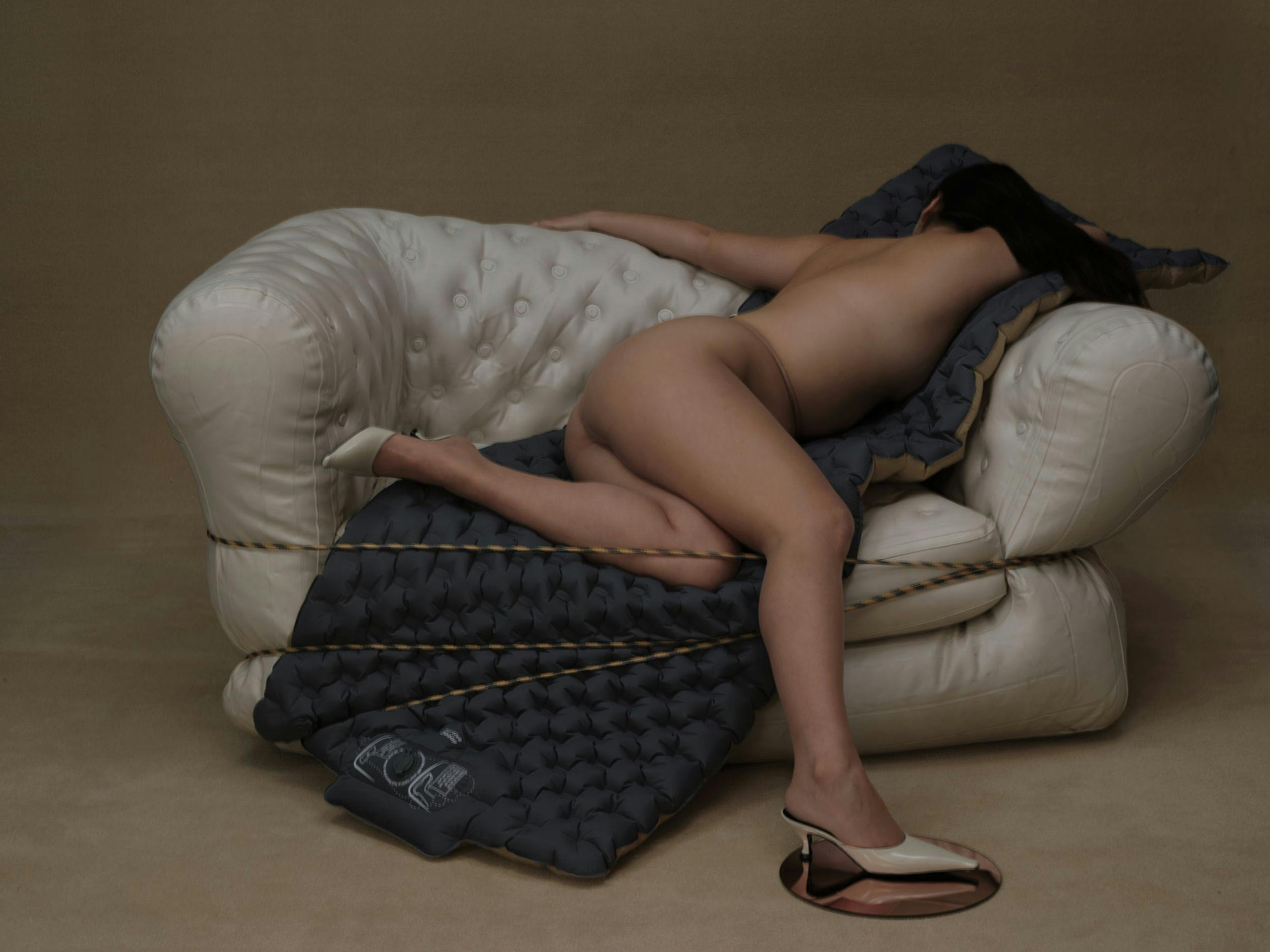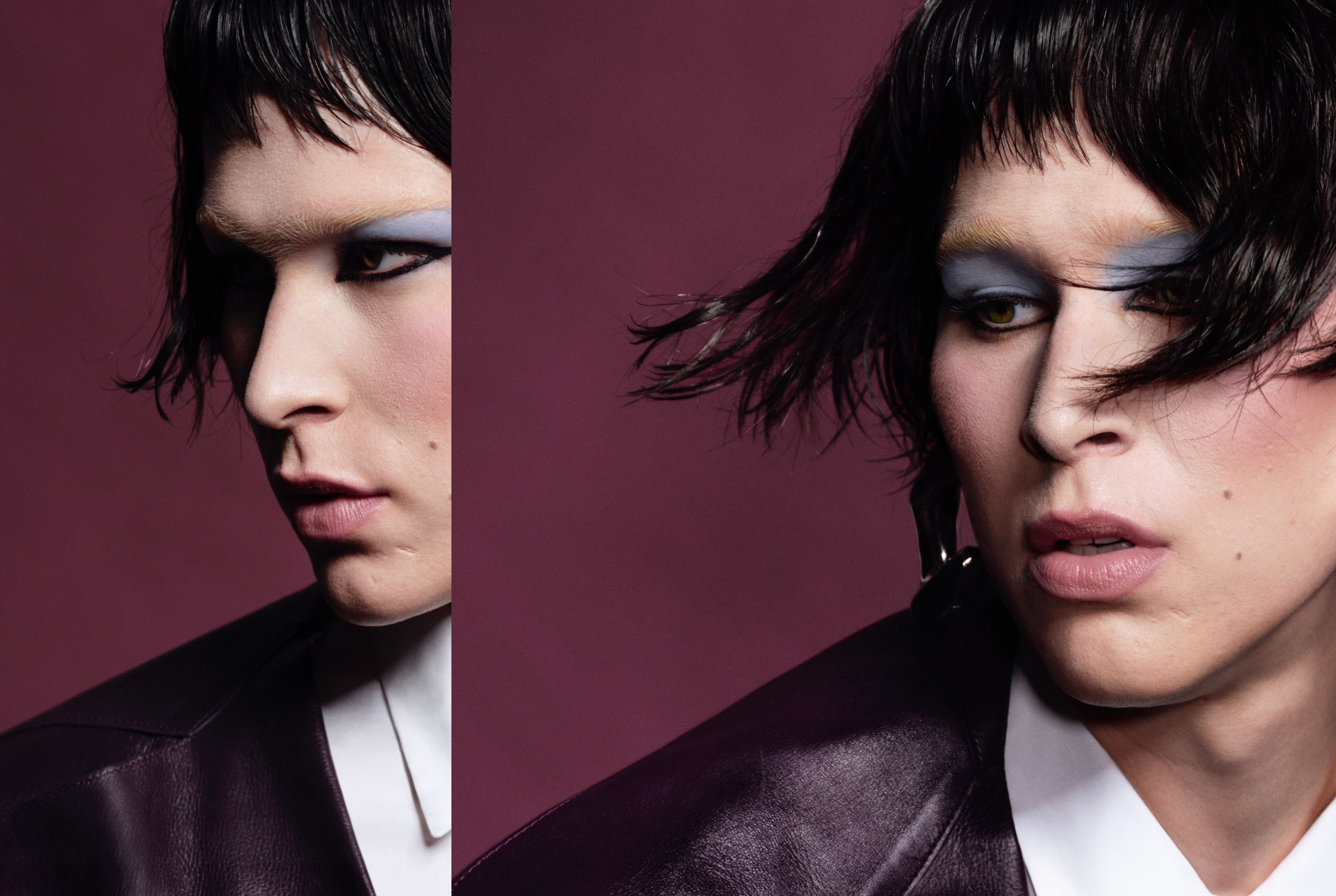
All clothing and earrings by Alexander McQueen
Tommy Dorfman Is Assembling a Community
The current American moment is fraught with debate over the validity and scope of the role queer culture can (and should) play within our broader society. An onslaught of persecutory and queer-diminishing legislation has erupted across the country at the same moment that an upwelling of queer and trans voices has led to their unprecedented visibility in popular media. The result is a tumultuous cultural landscape in which queer stories are variably praised and demeaned in a whiplash vortex of conflicting opinions.
Tommy Dorfman, best known for her prominent recurring role as queer poet Ryan Shaver in Netflix’s hit teen drama 13 Reasons Why, is more acquainted with this reality than most. After the series premiered in 2017, it became a flashpoint in the cultural discourse, sparking intense debate surrounding mental health, sexuality, and the lived reality of today’s youth. As the show came to a close amidst the onset of the pandemic, Dorfman was finally free to privately transition into womanhood, marking the start of a new chapter. In July 2021, she came out to the world as transgender in an exclusive interview in Time after a year of private life as a woman.
For Dorfman, this experience warranted a reckoning with the evolving presence of queer stories in the wider media landscape. When presenting her transition to the world, Dorfman intended to expand her audience beyond one which was already typically faced with and comfortable digesting queer stories. The selection of Time as the initial conduit for her experience was intended to break out of this vacuum and engage “audiences that are not fashionphile, these flyover states,“ she says.
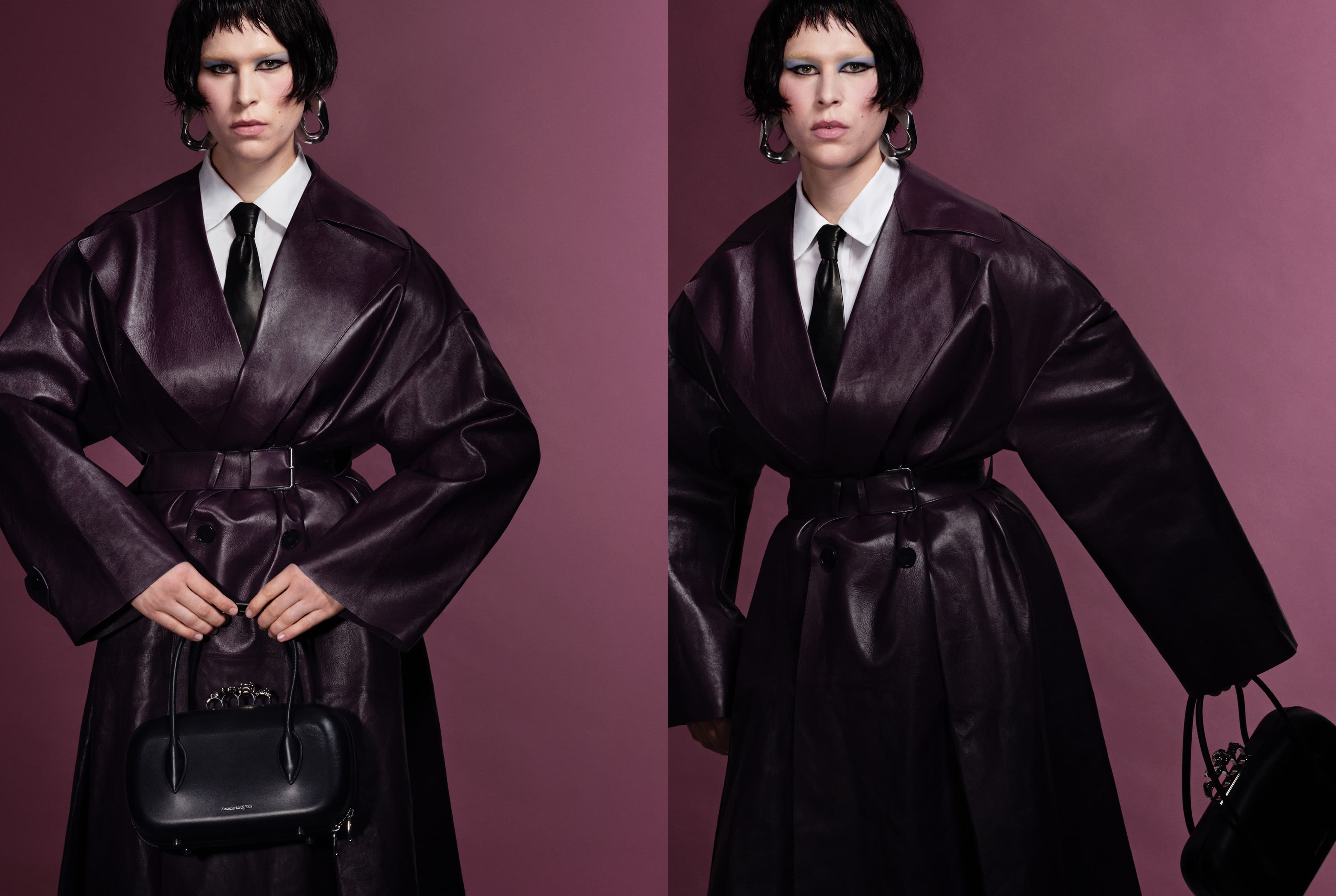
All clothing, bag, and earrings by Alexander McQueen
Building on that intention, Dorfman starred as the subscriber cover for InStyle later that year, her face distributed to mailboxes across the States. Rather than having to seek out and engage with queer content, she hoped that Americans who reside in a vacuum of queer visibility could encounter a trans experience through their day-to-day, a unique opportunity to normalize queerness in households across the country. “I can land in Minnesota in someone’s mailbox and they have to reckon with a trans person, maybe in a way they haven’t before,“ she points out.
Historically, the narrative silos within which queer stories have been presented feature a handful of (often reductive) lenses: the age-old story of coming out, queer trauma in an oppressive environment, celebration of ball culture—“Those stories are so fucking important!“ she reminds me—tragedy of queer loss, or fiery queer outrage. Less often are queer stories presented as they are, simply another manifestation of the human experience.
Observing this reality spurred Dorfman into assembling a narrative community platform, culminating in the establishment of Club Curran last year. Although Club Curran is Dorfman’s first attempt at launching a wellness platform and brand of her own, it is not her first experience with publishing. Previously, she wrote (and photographed) Paper’s 2019 Break the Internet cover featuring Pete Davidson as Ken, submitted her first book manuscript to Hanover Square, and has been published as a writer and photographer in publications such as Porter, British and American Vogue, Teen Vogue, American Studies, Fucking Young!, W, and PopSugar. She also counts herself a screenwriter, as the writer and director of the upcoming adaptation of Mason Deaver’s queer bildungsroman I Wish You All the Best, starring Alexandra Daddario, Cole Sprouse, and Corey Fogelmanis. Needless to say, Dorfman is versed in the process of content curation and output.
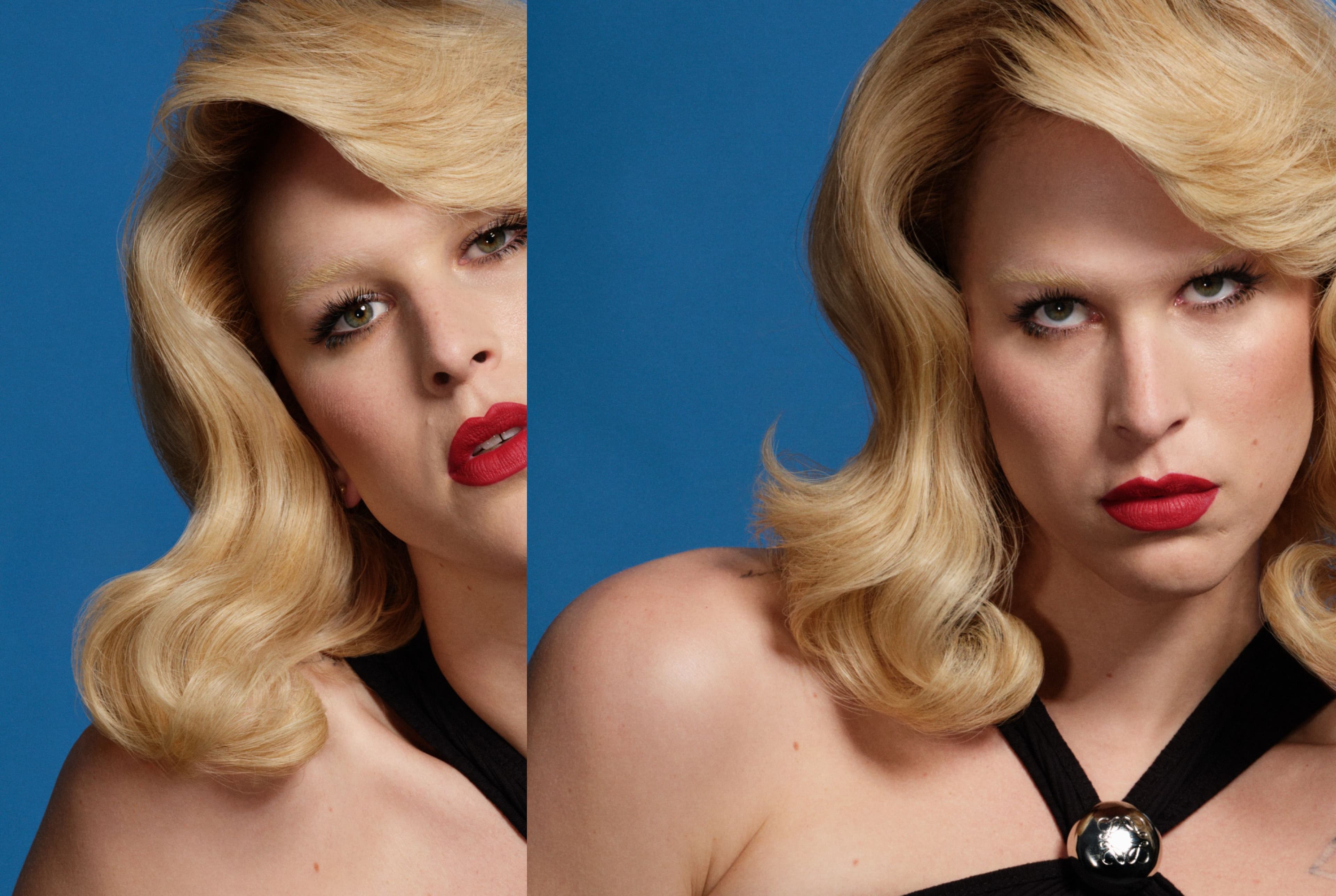
Dress by Loewe. Earrings, Dorfman’s own.
Her intention behind the development of Club Curran is to supersede those silos of typical queer narratives presented to the general public. Integrating queer content and community-building with a larger, developing brand, she aspires to “move beyond what we expect“ through editorials that lie within five verticals: Armor, Library, Intimacy, Spirit, and Culture. In selecting these, Dorfman intended to encapsulate the general pillars of storytelling about queer experiences; introducing a platform wherein writers, artists, and creatives alike may produce content without performing the reductive role of being the designated “queer“ element of an editorial lineup. In our interview, she walked me through the thought process behind each, her hundred-pound, cone-wearing Great Dane occasionally attempting to hop into her lap. “Never get a Great Dane if you have to spay them or neuter them, because oh my god!“ she quips.
“How do we armor ourselves against the world?“ Dorfman asks from her apartment in New York during our interview. “There aren’t enough queer and trans people writing about beauty, designers, and spaces that affirm us—queer-owned and otherwise.“ Club Curran’s Armor column hosts discussions on makeup as self-discovery, bridal gowns and bisexuality, reflections on facial feminization, and gender affirmation sparked by spontaneous at-home haircuts; in short, Armor concerns the negotiation between our innermost selves and our external projection. The name Curran—derived from Dorfman’s middle name—coincidentally means ’dagger,’ ’champion,’ or ’hero’ in Welsh, a synergy with the themes of Armor which was not lost on her.
Dorfman, as a writer herself, identifies a dearth of queer serialized fiction as the impetus for the inclusion of Library as a pillar of Club Curran. “Library was one of the first concepts I had for the zine,“ Dorfman remarks. Her vision was to expand beyond short stories and poetry to encompass a broader definition of fictional storytelling, such as an at-length thirty-minute conversation between breakthrough trans influencer Dylan Mulvaney—the high-profile target of extensive conservative harassment over her widely-covered Bud Light promotion—and Raquel Willis, CERO07 digital cover subject, reflecting on Willis’s memoir The Risk It Takes to Bloom amidst the current trans moment. Two chapters of Amber Later’s serialized novella, A Silver Wall, dropped on Club Curran in September, with Later asserting the charm of the format in her preface: “Author and audience discover the story together.“
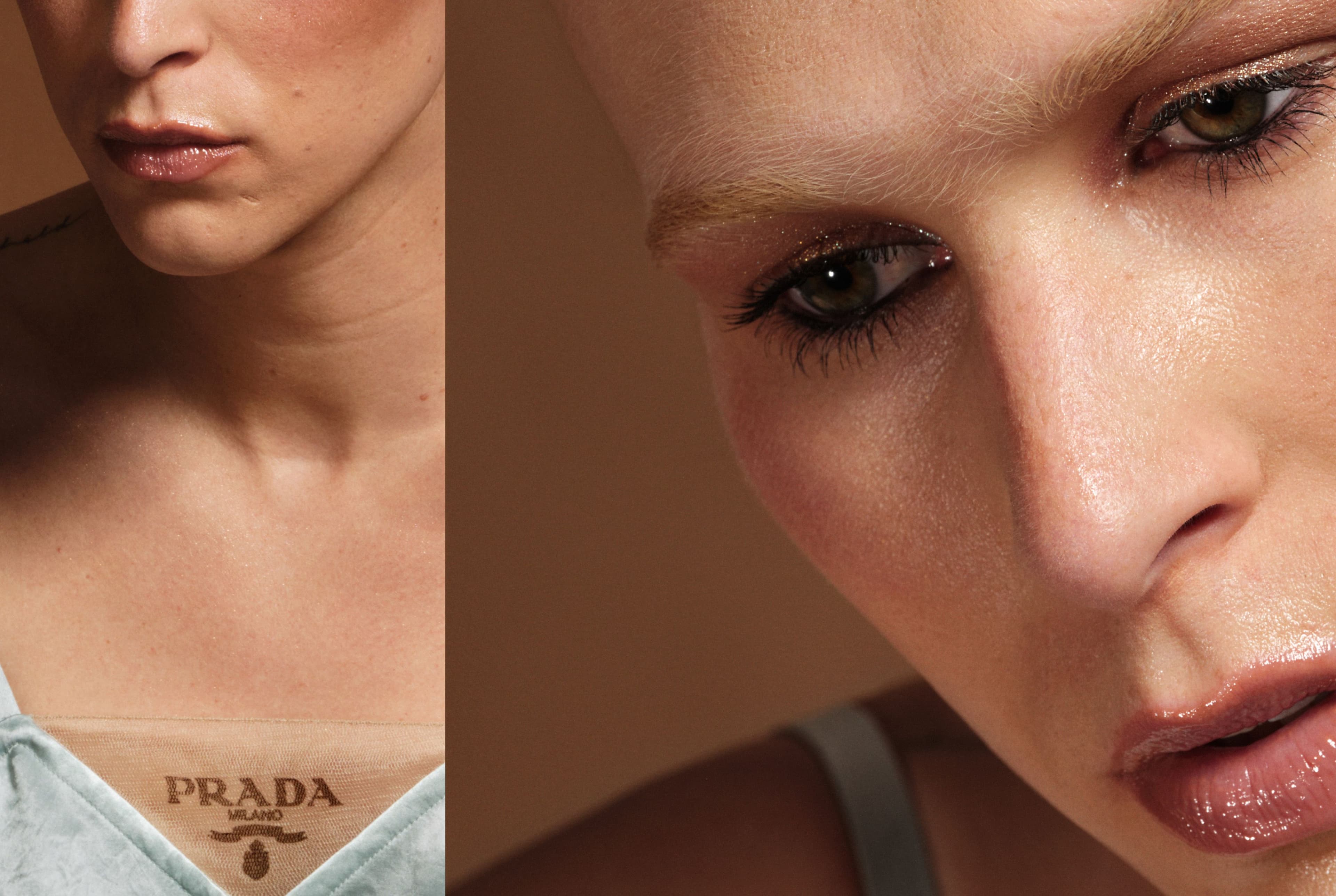
Dress by Prada
“I think intimacy can also be non-sexual,“ Dorfman points out. “There’s some stuff that will be published under the Intimacy section that is a different type of intimacy.“ Such examples are prominent in this vertical: Musings on queer parenthood and the dilemmas of genetic donorship are paired with two-way conversations between platonic artistic companions and reflections on the sex work industry by adult film stars. The breadth of scope within the Intimacy pillar is indicative of the breadth of its subject matter, which often is reduced to a pornographic or exploitative lens of queerness within the broader culture. “We try to work with writers who are willing to be intimate in their approach and vulnerable,“ Dorfman says, “and not prescriptive.“
In Dorfman’s view, queerness in Spirit lies beyond simple religiosity or spirituality on an individual level. Instead, this pillar seeks to encapsulate a more comprehensive perspective rooted in the historical presence of sexual and gender minorities in mysticism. “As a queer person who believes in God, I have always been interested in the intersectionality of spirit,“ she reflects, “I’m not particularly religious, but I believe in some form of higher power. I also love tarot and I love astrology.“ By opening up Spirit to a more inclusive definition of spirituality than the expected institutions, Dorfman strives to provide a platform for more multitudinous and diverse expressions of spirituality originating in history. “Queer people have forever been mystics and sought out different forms of spirituality,“ she says. “We don’t fit into the traditional forms of spirituality.“
Culture engages in discussions of pop culture past and present, the result of extensive deliberation that led Dorfman to pivot on the focus. “There was a period in which I was like, ’We’ll have last week’s news and we’ll talk about politics,’“ she says. “There are people with way more money and resources to do that type of journalism, or you can subscribe to Erin in the Morning—which is my favorite trans news Substack,“ she adds. “Give her your money, don’t come to me!“ Thus, Culture shifted away from discussions of traditional legislative and institutional politics towards a broader pop culture subject matter. “I’m not a fucking journalist!“ Dorfman reminds me with a chuckle. “I wanted a space where queer and trans people can talk about current pop culture but also reflect on past films, television series, things of that nature. But we’re really not a hot-take zine.“
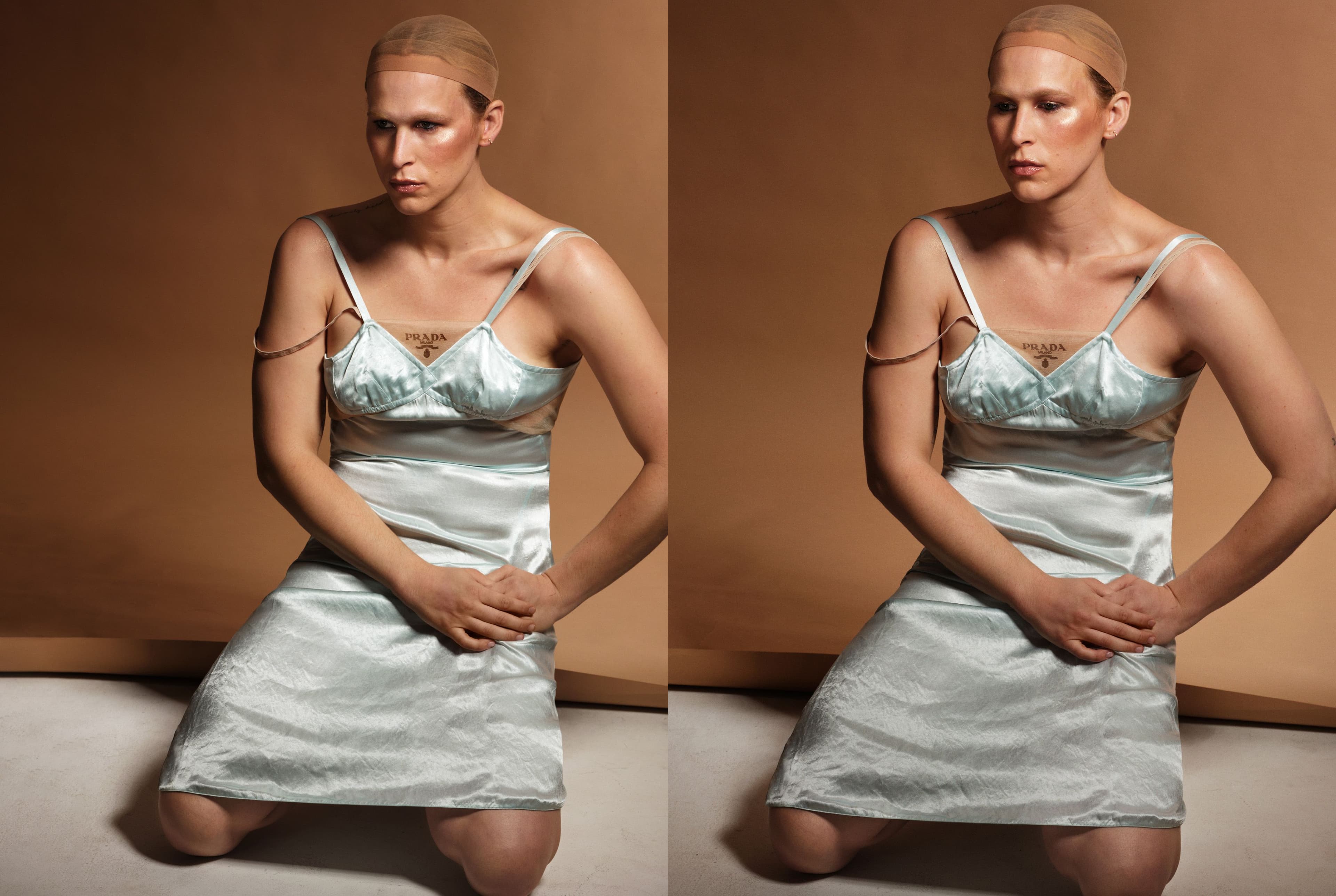
Dress by Prada. Earrings, Dorfman’s own.
Considering the scope of Dorfman’s subject matter and the expansive narrative media formats available today, she is keen to lead Club Curran’s growth. “What’s exciting to me about all these verticals is that there are places to expand and different ways to tell the stories in all these spaces,“ she remarks, visibly excited. “[Curran is] a space where we can talk about these things freely without a press schedule and deadline.“ Moving forward, Dorfman aims to expand the platform into a multimedia venture, starting with a burgeoning presence on TikTok. As of now, Club Curran’s social media features brief interviews with queer creatives on livelihood, queer futurities, and their worldviews, as well as the platform’s first video series, “Armour Rituals,“ featuring various ways in which community members “armor themselves for the day.“
“I don’t think we’ll add more verticals, I think we’ll add more content that can live in these spaces,“ she asserts when asked about future plans. One project in the Club Curran content pipeline, dubbed “My First Time,“ is a thirty-episode podcast series (current guests include actor and writer Brandon Kyle Goodman and Mulvaney) which delves into the “firsts“ experienced by queer people, focusing on these “specific, beautiful stories“ which run the gamut from bottoming for the first time to debuting at the Met Gala. A shopping component launched just in time for the holidays, wherein queer designers, brands, and artisans are compiled in the hopes of introducing Club Curran’s audience to pioneering brands. Currently, readers (and shoppers alike) can fill their shopping cart with a bow from Collina Strada, platform kicks from Dorfman’s Simon Miller collab, Urbody gender-affirming shapewear, Noto Botanics cosmetics, and a broadening miscellany of products “designed and made by LGBTQ+ folks.“ “Our shop is primarily accessories and skincare and makeup,“ she says, “so we’re onboarding more ready-to-wear apparel brands, which I’m really excited about. [We’re] rounding out our offerings for people.“
Curran’s shop launch coincided with another first for the platform: its debut in-person event, in the form of a holiday party hosted at Overthrow Boxing Club on Bleecker Street. Decking out the activist gym and community center (Overthrow inhabits the former HQ of the anti-war, pro-cannabis Youth International Party) with a slew of Curran memorabilia, the event was replete with DJ sets, readings, drag shows, product samplings, and an open call for editorial submissions from Dorfman herself. “It’s been really powerful to see the response and the overall community that we can foster by presenting alternative brands for products that we all use,“ she reflects.
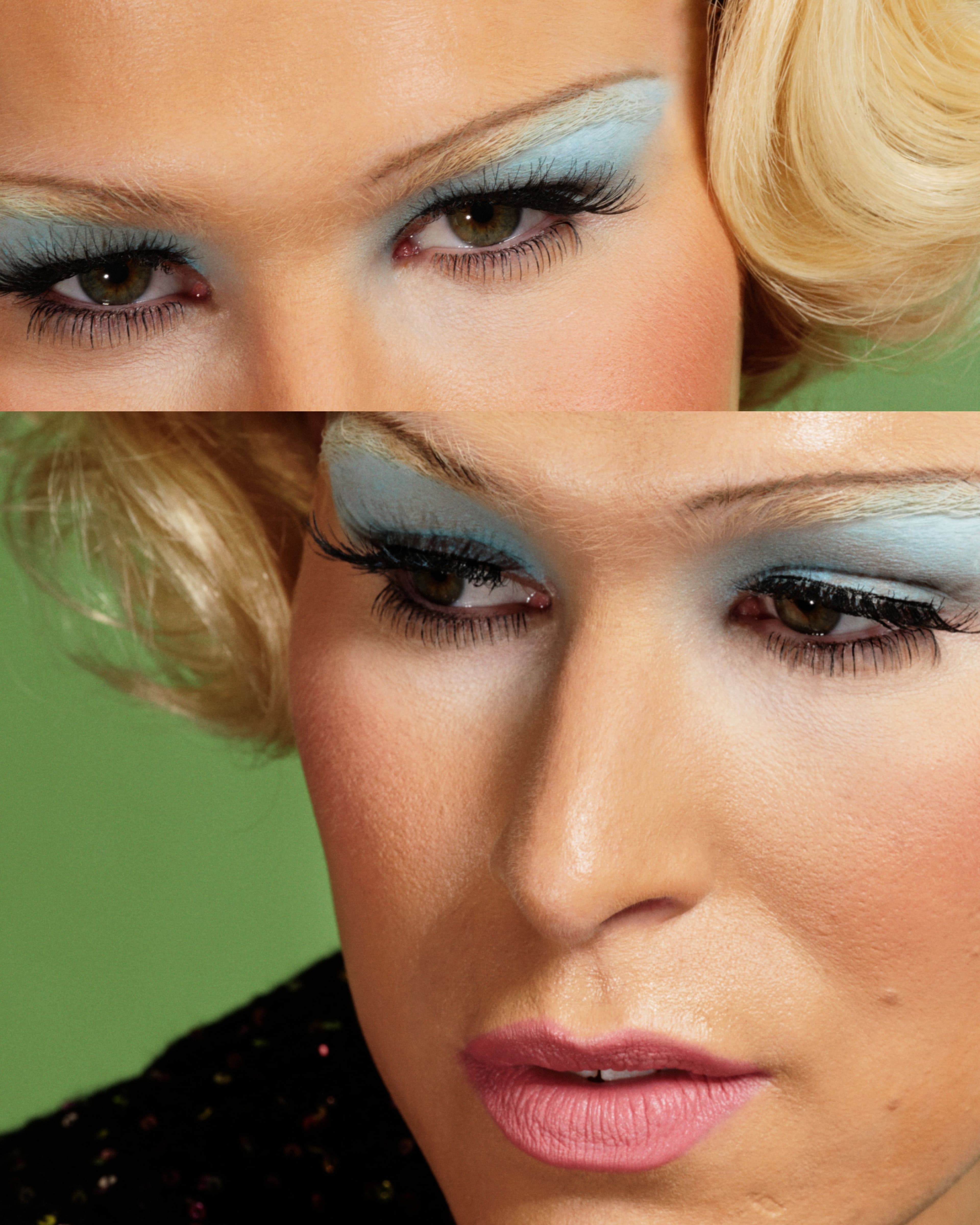
Sweater by Chanel
Building on its community ethos is an upcoming roster of further in-person activations. On the horizon lies an event curated in conjunction with the South by Southwest premiere of I Wish You All the Best in March. “Holidays were really a push, we were eager to launch the marketplace out to the world,“ she says. “Now that we have more space to reflect and strategize, [we will bring] more pieces of the zine’s ethos to light.“
As we began to wrap up our conversation, I inquired as to what excites her most on Club Curran’s horizon. “The thing that ’gets me going,’“ she giggled at my choice of verbiage, “is meeting other trans and queer people I would not be introduced to without Curran who have really different lived experiences and expertise than I do. Getting to collaborate—or even just watch them work—I’m really grateful that people are taking the time to share parts of themselves with us in this way. That’s the thing that keeps me going.“
For more information, please visit ClubCurran.com.
Be one of the first to see this story and many more in print by preordering our seventh issue here.
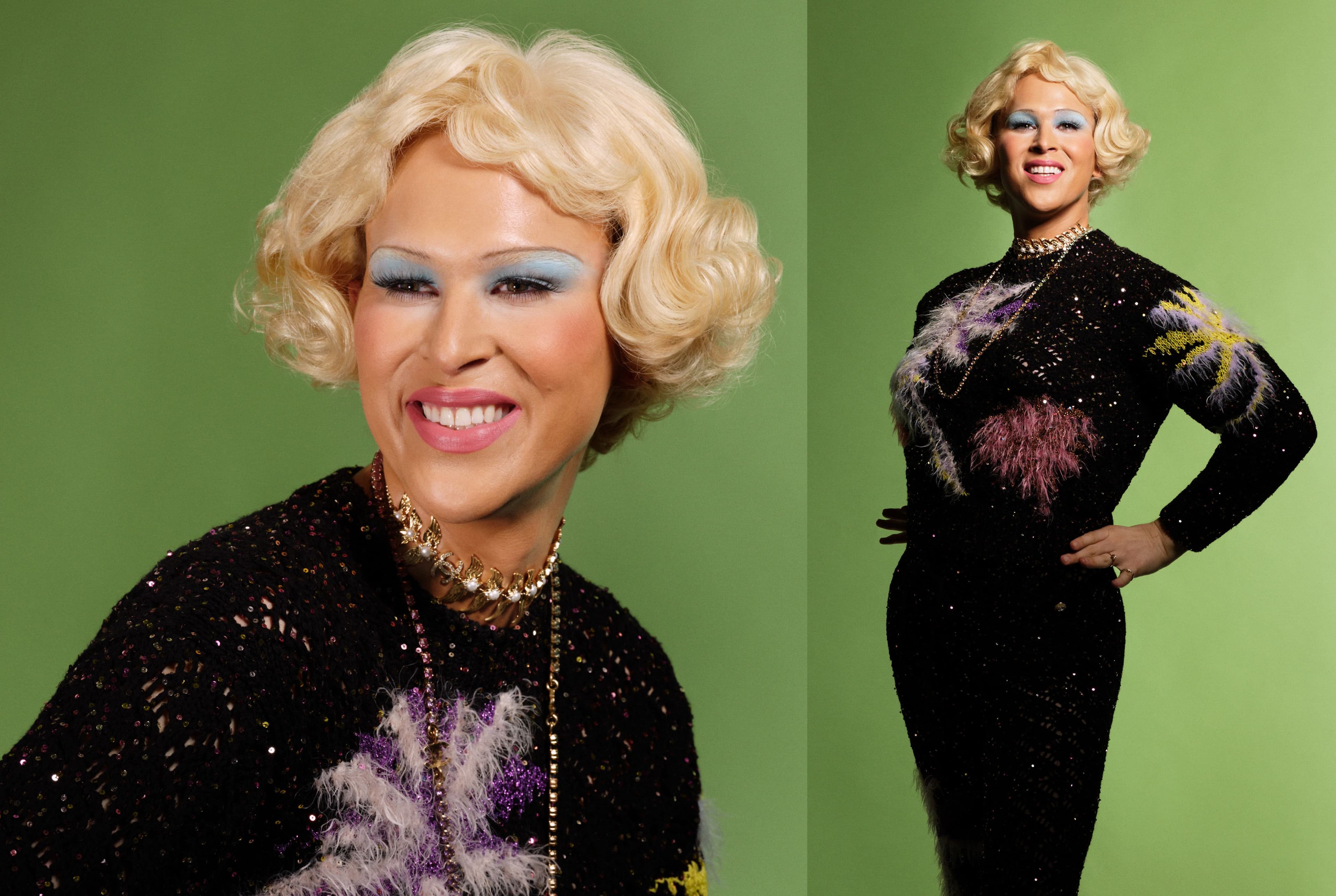
All clothing and necklaces by Chanel. Rings by İTÄ.
As a nonprofit arts and culture publication dedicated to educating, inspiring, and uplifting creatives, Cero Magazine depends on your donations to create stories like these. Please support our work here.
